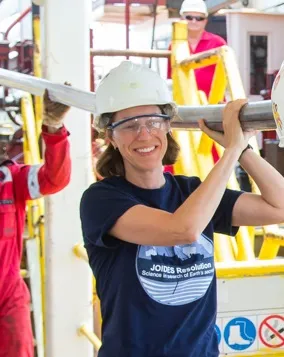Project overview
Subduction zones are located where one of the Earth's tectonic plates slides beneath another - the boundary between the tectonic plates is called the plate boundary fault. These plate boundary faults are capable of generating the largest earthquakes and tsunamis on Earth, such as the 2011 Tōhuku-oki, Japan and the 2004 Sumatra-Andaman earthquakes. In the last 15 years a completely new type of seismic phenomenon has been discovered at subduction zones: silent earthquakes or slow slip events. These are events that release as much energy as a magnitude 6 to 7 earthquake, but do so over several weeks or even months and there is no ground-shaking at all. Slow slip events may have the potential to trigger highly destructive earthquakes and tsunamis on nearby parts of the plate boundary fault, but whether this is possible and why slow slip events occur at all are two of the most important questions in earthquake seismology today. In New Zealand, on the Hikurangi subduction zone, slow slip events were first discovered in 2002 and since then slow slip events beneath the town of Gisborne have happened regularly every 1-2 years. The UK NZ3D FWI experiment installed seismometers onshore to detect earthquakes and record sound waves from an active experiment offshore. Together the data will be used to determine the properties of the slow slip zone in high resolution. The project is linked to IODP drilling on the HIkurangi margin and other seismic experiments on the margin.
